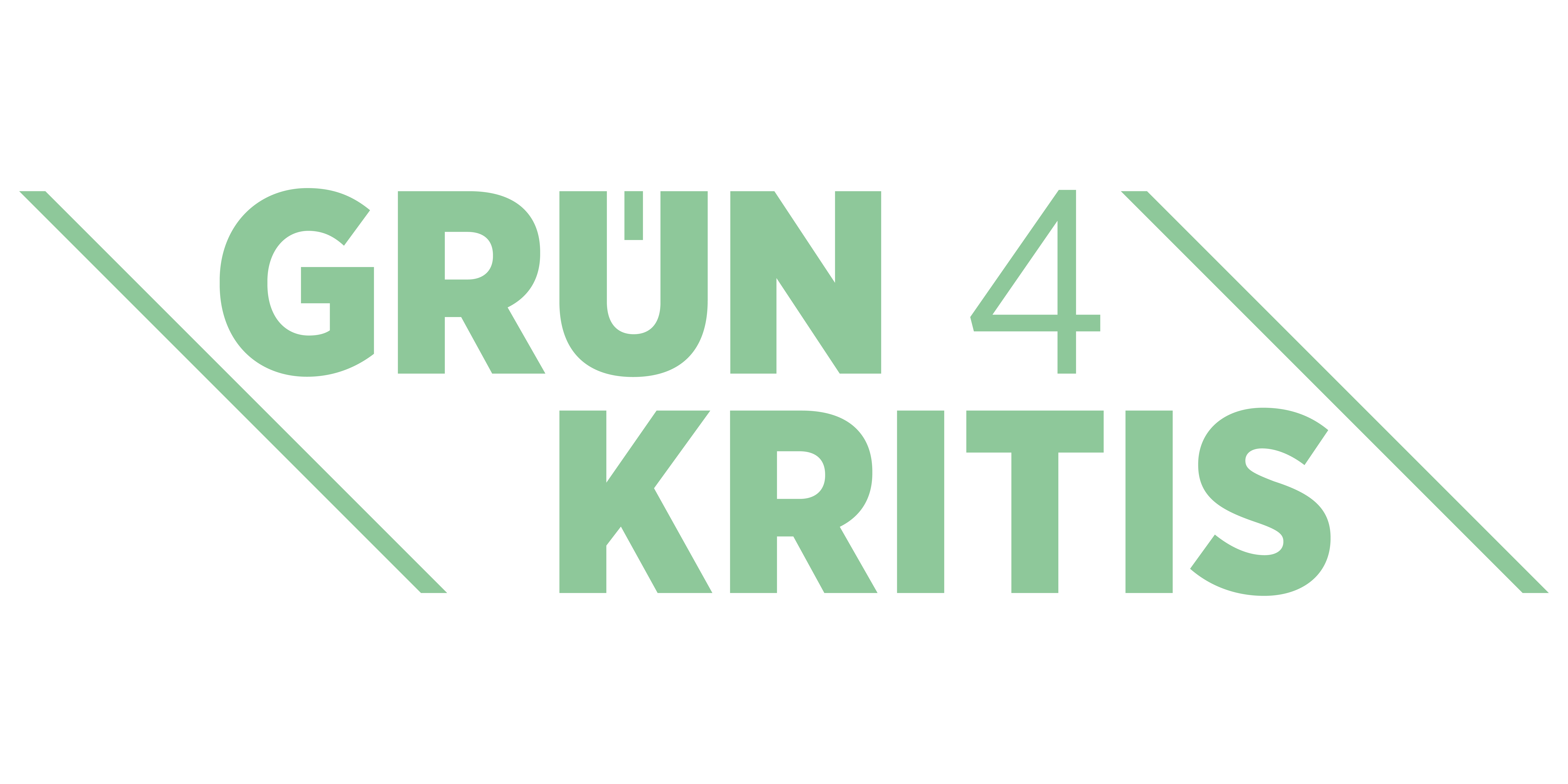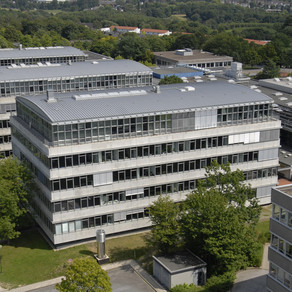Ongoing research projects
The project objective is to explore and investigate a broad range of urban and non-urban green infrastructure types to better understand the role of typological and structural factors of GI with regard to functional differentiation of acoustic environments. The work is embedded in basic research because to date the acoustic environment below noise has not been a consideration in spatial planning. Therefore systematic documentation of acoustic environments in non-human habitations where biophonic sound dominates is extremely sparse. We aim to shed light on this data gap in a highly populated European region and develop basic data than can be used for multiple purposes.

Together with the Ruhr Regional Association (RVR) and the Institute for Spatial Planning (IRPUD, TU Dortmund University), the project is investigating the extent to which green infrastructures (GI) represent a building block for protecting critical infrastructures (CI) from the negative consequences of climate change. A particular focus is being placed on the CI sectors of health and transport.
The aim of the project is to investigate the extent to which green infrastructure can protect CI facilities and systems from the impacts of climate change and to anchor this in planning instruments.
The project site (Fig. 1) is used as a real-world laboratory to achieve various research and learning objectives, which are primarily carried out by student assistants, thereby facilitating practical, context-based learning for students. The research objectives include 1) understanding the historical, ecological, and acoustic situation of the site through the application of landscape planning methods, 2) analyzing existing historical and ecological values to support tactile-didactic open space planning, and 3) evaluating potential conflicts, opportunities, and climate impacts resulting from the expansion of the site into a community educational facility.






